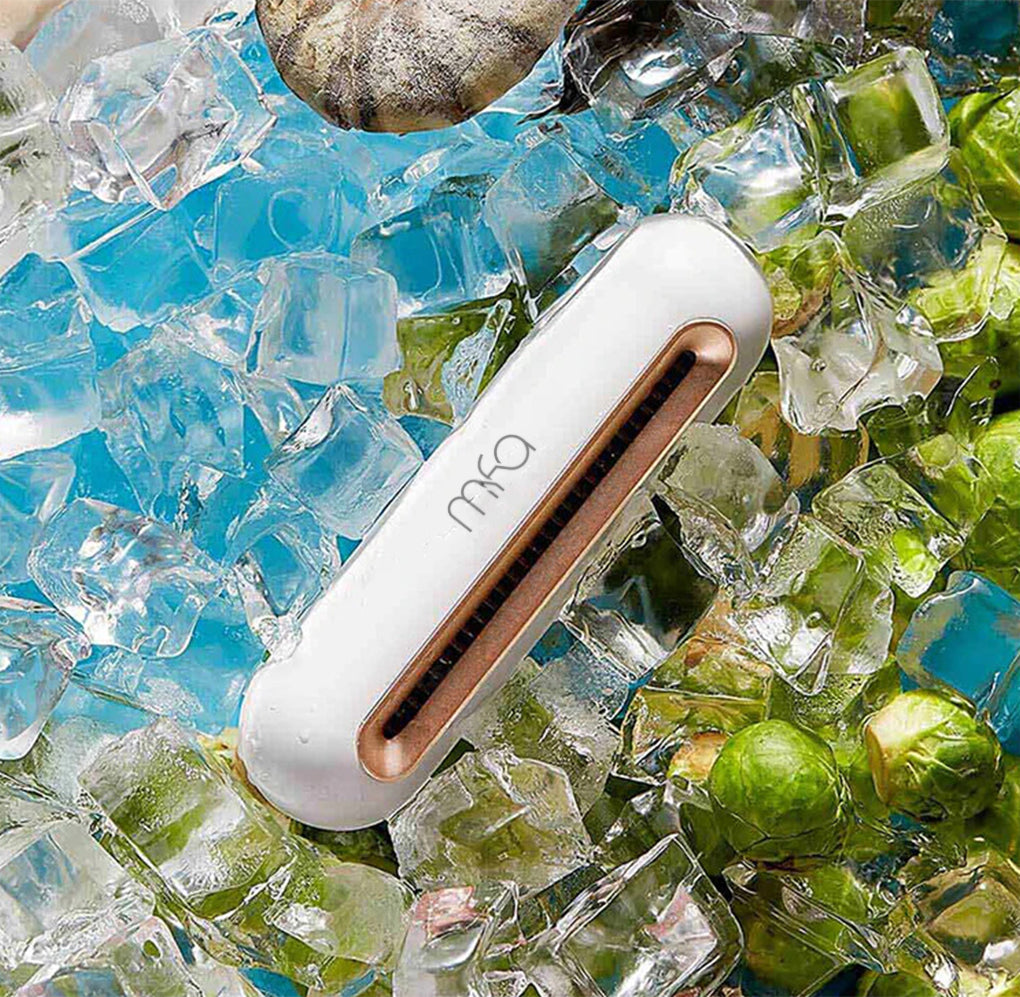Indoor air quality traditionally drops in the summer - we breathe in a huge amount of dust, allergens and smoke. According to experts, indoor air is five times dirtier than street air. To improve air quality, you can use an ionizer - a special device that adds a static charge to the molecules.
How an air ionizer works
Before answering this question, let’s first figure out for air ions are. Air ions are invisible molecules with an electrical charge. Those ions that have gained the electron are called negative, and those that lost an electron are called positive.
An ionizer is a device that passes air through itself and forms negative ions of oxygen and nitrogen. In nature, air ionization occurs under the influence of solar radiation and lightning. In rooms with a lack of ventilation, the concentration of ions is usually 15-20 times less than the natural value. And while the air ionizer brings the concentration back to the normal level, there are additional benefits to it.
The basic idea of the air ionizer is to generate statically “charged” particles, which stick together with the dust particles, bacteria, plant pollen, allergens and smoke. After this, the charged particles are dragged down to the surface, because their weight is higher than of the air.
Overall, the air in the room becomes cleaner, as the dust, pollen and other pollutants you were likely to inhale, are now settled on the floor. Yet, they do not magically disappear, so it is important to know that objects and surfaces require thorough wet cleaning after ionizer is used.
A Few Words about Effectiveness of Air Ionisators
The negative ion generator really fights dust particles, bacteria, pollen and smoke in the air, and if any of the pollutants are present in the air around you, it is recommended to install such a device nearby. In addition to that, there is a proven positive effect of air ionizers.
A study from International Journal of Molecular Science states that “the presence of NAIs [negative air ions] is credited for increasing psychological health, productivity, and overall well-being” (Jiang, Ma & Ramachandran, 2018).
Nevertheless, the effectiveness of negative ion air purifier is questioned by some experts. A survey conducted in the United States by the Consumers Union showed that the effect of these devices in air cleaning does not exceed the performance of regular HEPA air cleaners.
Another study from 2018 suggest that air ionization helps to stop the growth of viruses. However, the disinfecting effect of the ionizer is not that reliable: it only affects bacteria that spread in the air with particles of dust or aerosol. Moreover, all potentially dangerous microorganisms do not disappear from the room - they end up sitting on the walls, furniture or floor.
So do ionizers make sense?
Overall, air ionizers could really help to freshen the air inside your office, room, car or any other confined space. It is likely to help allergics to reduce the amount of dust and pollen in the air, relieving or completely eliminating their allergy symptoms.
Yet, air ionizer are not that useful in terms of eliminating bacteria, microbes or viruses as well as fighting bad odors. For this purpose, there is a separate type of devices, called air ozonizers (and we wrote an article about that here).
Fortunately, some devices combine the air ionization with ozone generation, and our Car Ozonizer is one of them!
